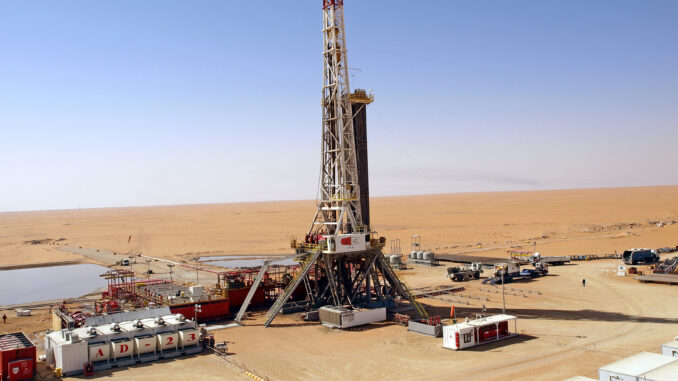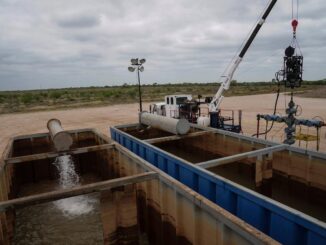
(The Center Square) – Gross natural gas withdrawals from the Permian Basin in west Texas and southeastern New Mexico set an annual record high last year, reaching 21 billion cubic feet per day (Bcf/d), according to a new report from the U.S. Energy Information Administration.
Annual gross natural gas production in the Permian region has steadily increased over the past decade with growth last year increasing 14% above the 2021 average.
The Permian Basin is the second-largest natural gas-producing basin in the U.S., after the Appalachia Basin in Ohio, Pennsylvania and West Virginia. However, Texas produces more natural gas than any other state in the U.S., accounting for 24% of total U.S. natural gas production, according to EIA data.
If Texas were its own country, it would be the world’s third largest producer of natural gas and fourth largest producer of oil. In the first half of 2022, the U.S. became the world’s largest liquid natural gas exporter, led by Texas, according to EIA data.
As Texas leads the U.S. in energy production, natural gas companies in the Permian Basin produce some of the cleanest natural gas in the world, according to data from the World Bank, EIA, Environmental Protection Agency and Rystad Energy.
The greater Permian Basin, which includes the Midland, Delaware and Marfa basins, covers more than 86,000 square miles – roughly 10 times the size of New Jersey. Roughly 250 miles wide and 300 miles long, it has more than 7,000 fields.
In the Appalachia Basin, “well-drilling activity is focused on natural gas, making production less directly responsive to crude oil prices,” the EIA explains. By contrast, in the Permian, natural gas comes from oil wells, referred to as associated-dissolved natural gas, which “occurs in crude oil reservoirs either as free gas (associated) or as gas in solution with crude oil (dissolved gas).”
Crude oil prices declined in 2020 resulting from several factors due to coronavirus-related lockdowns. The price per barrel and rig count dropped to record low levels but by 2022, rig counts were up to 335 in the Permian. As rig count grew, natural gas production increased.
Production will further increase with expanded pipeline infrastructure already being built in Texas. Another 4.2 Bcf/d of new pipeline capacity is planned to come online by the end of next year to bring more product to liquefied natural gas terminals on the U.S. Gulf Coast through four projects in Texas, including the Whistler Pipeline Capacity Expansion, Permian Highway Pipeline, Gulf Coast Express Pipeline and Matterhorn Express Pipeline.
“Natural gas developed by responsible Texas operators is clean, abundant and safe,” Ed Longanecker, president of the Texas Independent Producers and Royalty Owners Association (TIPRO), told The Center Square. “Further investment in energy infrastructure and regulatory certainty via comprehensive permitting reform are essential to support of continued growth in domestic production and energy security for our country and allies abroad.”
Longanecker also said Gov. Greg Abbott and the Texas legislature prioritized legislation designed to increase dispatchable energy sources during the regular legislative session this year. Unlike the federal government, the Texas governor and legislature advanced new laws to help, not stifle, expanding natural gas production for power generation, expanding transmission to energy-producing areas, and providing economic development incentives to expand and invest in energy projects in Texas.
According to the EIA’s latest Drilling Productivity Report, 2023 “is shaping up to be a record-breaking [production] year as well,” Longanecker said.
“As a leading energy provider, Texas has also promoted further investments in infrastructure and related projects that support natural gas development,” he said, which will “allow Texas to deliver on what they’ve always done: Being a global leader in natural gas production, driving further economic prosperity across Texas and energy security across the nation.”
The Texas Railroad Commission, which regulates the industry, also praised the governor and legislature for prioritizing funding to enhance its permitting, compliance and enforcement efforts. The commission’s new $481 million budget over the next two fiscal years will enable it to hire up to 50 new pipeline safety professionals to enhance inspections of thousands of more miles of pipelines in Texas.
“The energy industry is vital to Texas’ economic prosperity and the Legislature’s funding allows the RRC to continue its work in permitting, compliance and enforcement,” it said. “The RRC consistently meets or exceeds important annual performance goals set by the Legislature that is tied to the agency’s funding.”



